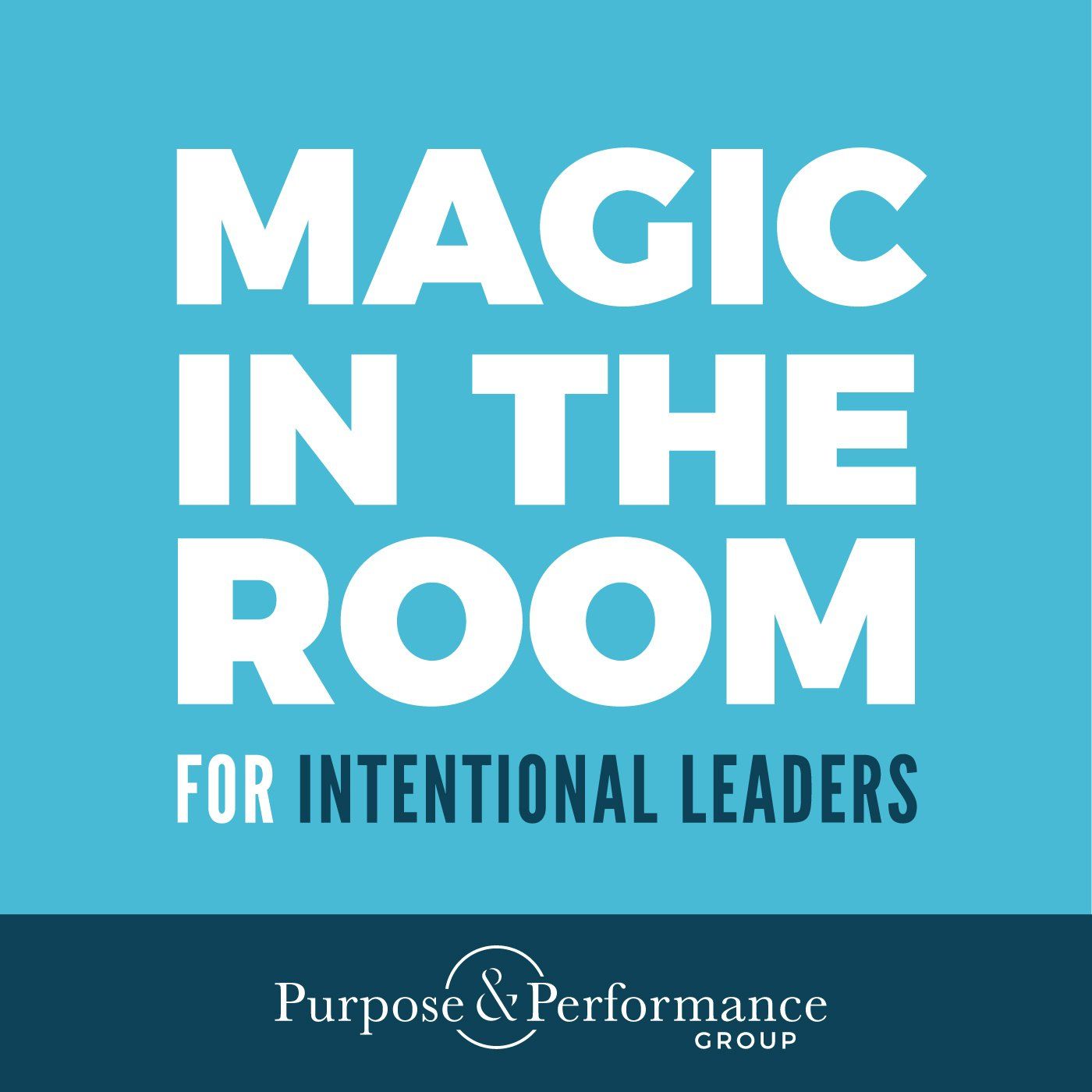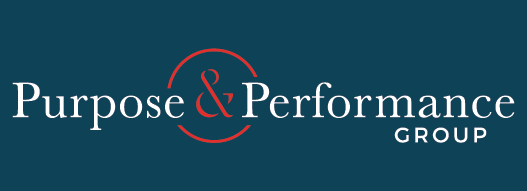Magic in the Room #15: Blind Spots
The gap between our intent and our behavior, or the way others consistently perceive our behavior, is a blind spot. In this episode, Chris, Luke, and Hannah share personal examples of blind spots and how they may show up for individuals, what impact they might have on an organization and how leaders can mitigate their own blind spots.
Your hosts reveal their personal blind spots. But with teams and organizations made up of people, they also explore organizational blind spots and how leaders can mitigate and gain more awareness of them. For Luke, it began with a group conversation about talking their team Myers Briggs assessment. The discussion enabled them to collectively understand their strengths and how they interact with others across the organization.
From these conversations, they were able to learn where they needed to add people to their team and identify who could help mitigate some of these weaknesses that were making them uncomfortable. It was also crucial for the team to recognize that if they continued with their current way of doing things, they would not be agile enough to adjust to the inevitable change on the horizon.
Hannah highlights how the weaknesses in our blind spots often come from a strength that is overused or how it is communicated. For example, a blind spot could be accidentally coming across as being arrogant because certain things are obvious to us as an individual. As a strength, it can enable you to see solutions, but the weakness could be not knowing how to communicate that solution and bring others into the process.
Chris reveals the vital role that feedback plays in identifying and removing blind spots and asks listeners to think about how many intentional feedback loops do you have? What are the feedback systems that exist? Is it check-ins? What is your performance development process? But also warns that as individuals, you must be equipped to handle and action that feedback.
For Luke, this reveals the critical role of courage and daring to be a courageous leader in success. Whether you are a CEO looking at your organization, a team leader looking at your team, or an individual that wants to grow, you need to be looking at your own leadership ability when trying to identify blind spots.
To open yourself up to actively look for blind spots is an act of courage by showing your willingness to explore your vulnerabilities as an individual. Ultimately, it’s something that you’re not great at. Having the courage to admit that you are not the best leader and recognizing that your actions are ineffective can be a big hurdle to overcome. But we need to have the courage to own it.
It can all start by not allowing the success that you’ve enjoyed in the past get in the way of your future success. The old approach and working methods that were once considered an asset can quickly become your biggest liability. Finally, Chris reminds listeners that your ego is not your amigo. Remembering this simple line can stop you from self-sabotaging your efforts and make us all more effective as leaders.
Please share how you are increasing awareness, impact, and mitigation of personal or professional blind spots by commenting below.
The post MAGIC IN THE ROOM PODCAST #15 – BLIND SPOTS appeared first on Purpose and Performance Group.


